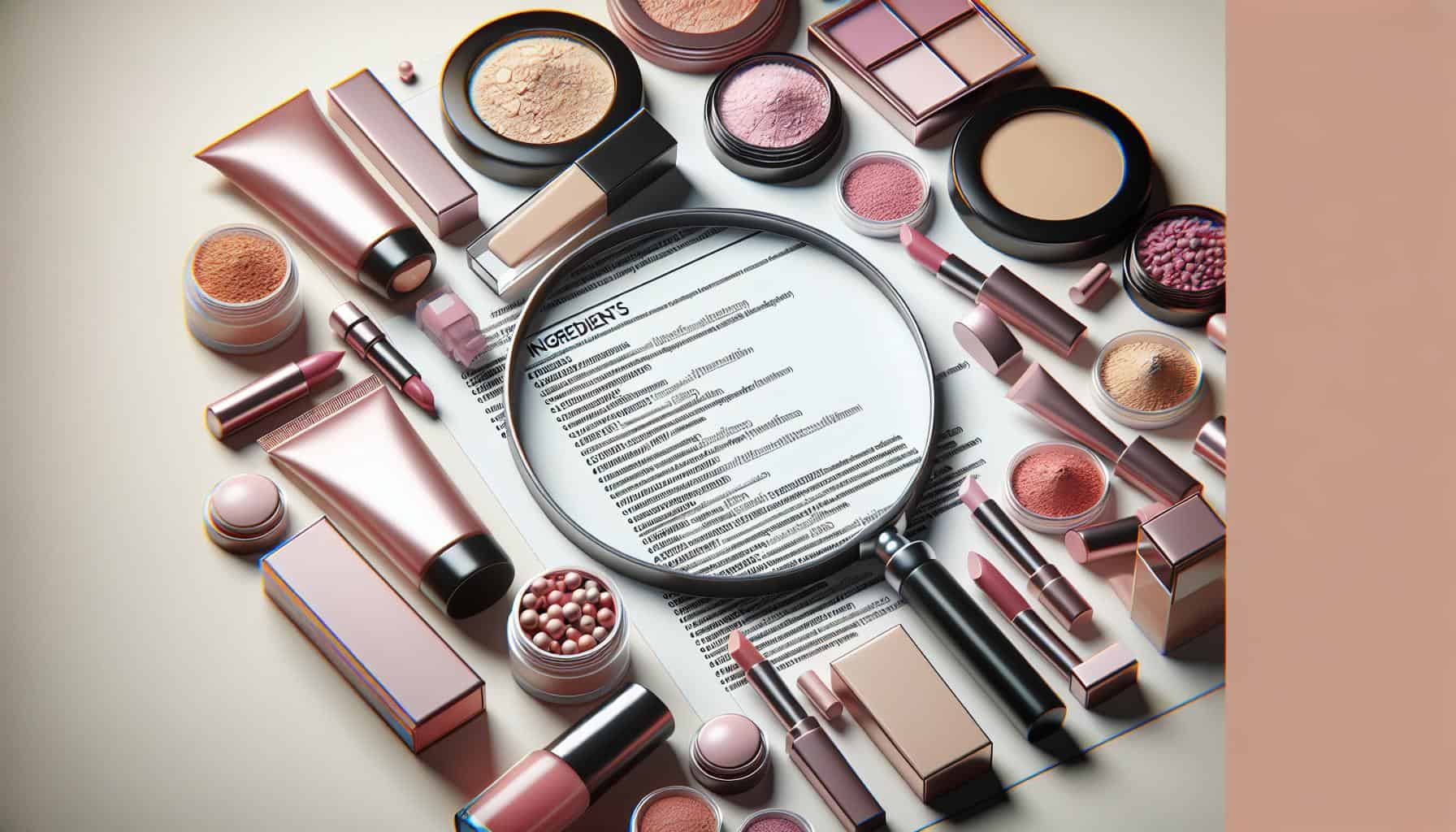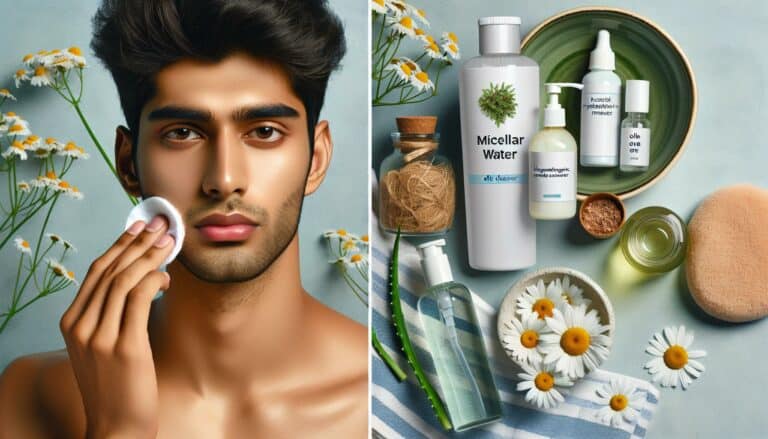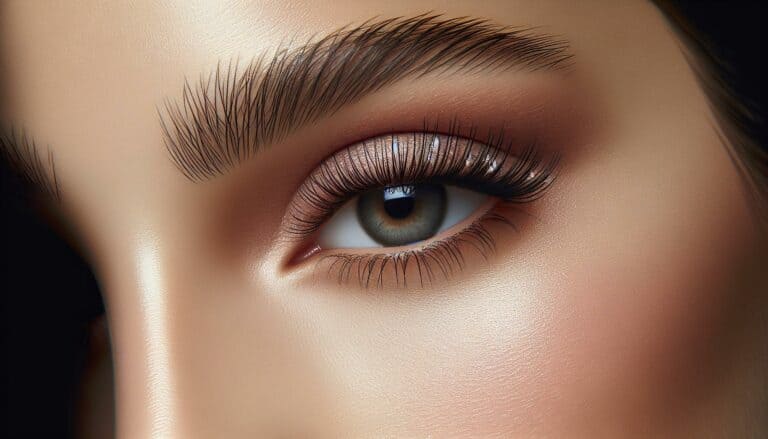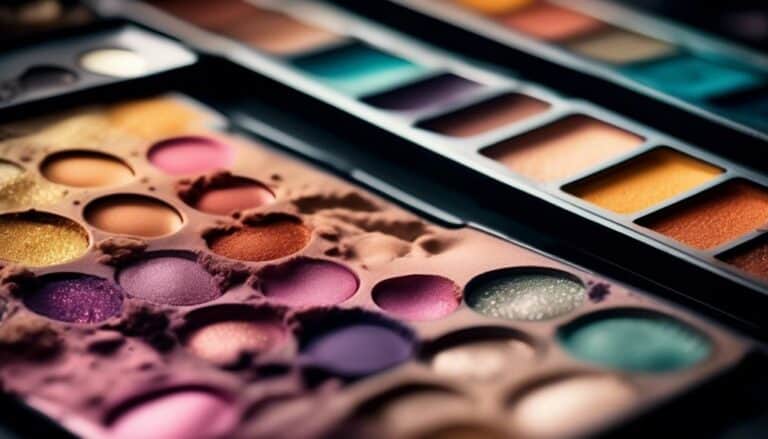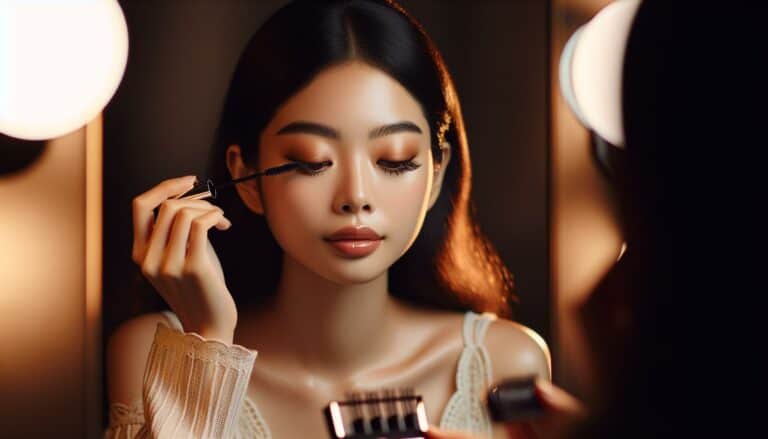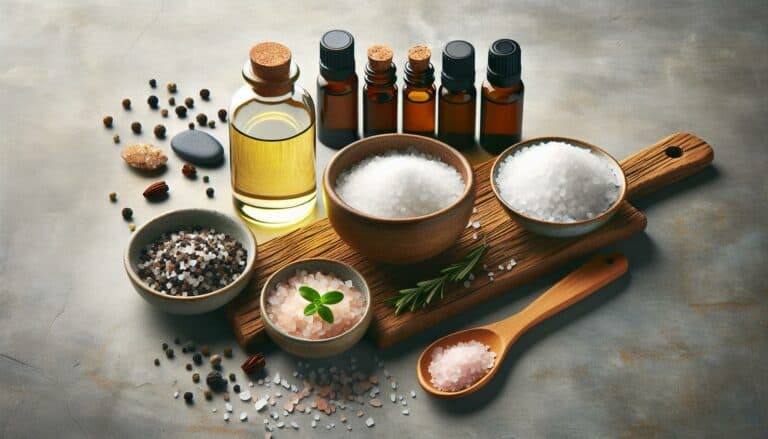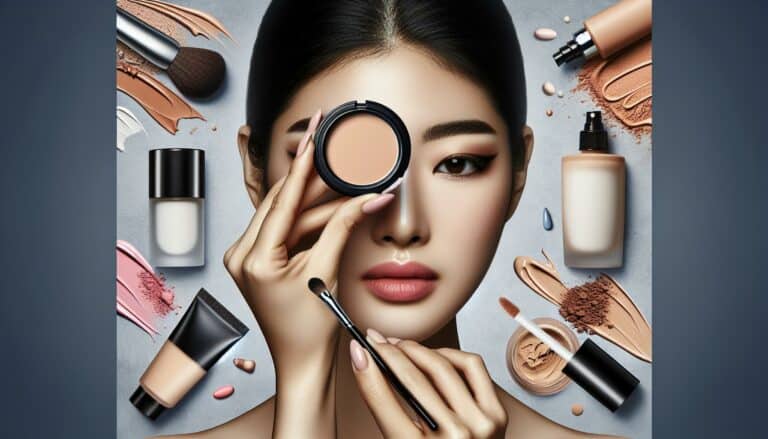What Is Makeup Made Of? Understanding Ingredients and Choices
What is Makeup Made Out Of?
Delving into the components of makeup, you’ll find that it’s not just about color or texture. It’s about the chemistry that makes those vibrant shades stick to your skin and last all day. Understanding these ingredients is key to choosing products that are not only effective but also kind to your skin and health.
Makeup products consist of a complex blend of:
- Pigments for color
- Oils and waxes for smooth application
- Preservatives to extend shelf life
- Fragrances and moisturizers for a pleasant smell and feel
“The beauty of makeup lies in its composition – a symphony of ingredients working together to enhance your natural beauty.”
Key Ingredients Breakdown
Let’s break it down by the numbers. Here’s a snapshot of the typical composition of makeup products:
| Ingredient Type | Percentage |
|---|---|
| Pigments | 10% |
| Oils and Waxes | 50% |
| Preservatives | 8% |
| Fragrances | 1% |
| Moisturizers | 31% |
Pigments give makeup its color, whether it’s the luscious red of a lipstick or the subtle hue of a foundation. The oils and waxes help in applying the product smoothly, giving it a texture that feels good on the skin. Preservatives are crucial for ensuring your makeup doesn’t spoil, while fragrances add that sensory pleasure upon application. Lastly, moisturizers keep your skin hydrated beneath the layers of makeup.
By familiarizing yourself with these components, you can make informed decisions about the products you use. It’s not just about the brand or the latest trends; it’s about understanding what you’re applying to your skin and how it affects you.
The Science Behind Makeup Ingredients

When you’re browsing through your favorite beauty products, it’s easy to overlook the science that makes your makeup seamlessly blend into your skin or give you that perfect glow. But understanding the chemistry behind these cosmetic formulas can actually empower you to make better choices for your skin.
Makeup essentially combines four main types of ingredients: pigments, binders, solvents, and preservatives. Here’s a quick breakdown:
- Pigments provide color. These can range from natural minerals to synthetic dyes.
- Binders hold the pigment to your skin.
- Solvents dissolve other ingredients to make the product blendable.
- Preservatives extend the shelf life by preventing bacteria growth.
"Knowing what's in your makeup is the first step to taking control of your beauty regimen."
Interestingly, the proportions of these ingredients can drastically alter the product’s use and application. For instance, lipstick will have a higher concentration of oils and waxes (binders) for a smooth application, whereas a powder will have more talc or zinc oxide to absorb oils.
| Ingredient Type | Purpose | Common Examples |
|---|---|---|
| Pigments | Provide color | Iron oxides, mica |
| Binders | Aid in application | Waxes, oils |
| Solvents | Ensure blendability | Water, alcohol |
| Preservatives | Prevent bacteria | Parabens, natural preservatives |
Understanding the balance of these components is key. For example, too much solvent might make a product too thin, while not enough could lead to a thick, unspreadable paste.
Bold choices in makeup should not just be about the colors or the brand, but also about the confidence in knowing what you’re applying to your skin. With this foundation of knowledge, you’re better equipped to assess product labels and make decisions that align with your health and beauty goals.
Common Players in Makeup Products
In your journey to fully understand what your makeup is made out of, you’ve got to familiarize yourself with the common players or ingredients. These ingredients vary widely based on the type of product, but several key components are almost always present.
Pigments and Colors
At the heart of every vibrant eyeshadow, lipstick, or blush are pigments. These are the ingredients that provide color. Iron oxides are used for reds, browns, and yellows, while titanium dioxide provides whiteness and coverage.
Moisturizers and Oils
Products like foundations and lipsticks also contain moisturizers and oils to provide a smooth application and to nourish your skin. Jojoba oil, shea butter, and aloe vera are popular choices due to their hydrating properties.
Preservatives
Preservatives are crucial for extending the shelf life of your makeup. Common options include parabens, albeit with reduced use in recent years due to health concerns, and natural alternatives like grapefruit seed extract.
| Ingredient | Purpose | Common Examples |
|---|---|---|
| Pigments | Color | Iron Oxides, Mica, Titanium Dioxide |
| Moisturizers/Oils | Hydration | Jojoba Oil, Shea Butter |
| Preservatives | Extend Shelf Life | Parabens, Grapefruit Seed Extract |
As you dive deeper into the ingredients list of your favorite products, you’ll likely encounter a vast array of chemicals and compounds, each serving a unique purpose. While the complexity of these formulations might seem daunting, a basic knowledge of these common players allows for a more informed and conscientious approach to makeup shopping. Remember, the goal is to find products that not only make you look good but also feel good about the ingredients you’re applying to your skin.
Understanding Makeup Labels and Ingredient Lists
When you’re perusing through aisles of beauty products, the ingredient lists on makeup items can seem like a perplexing concoction of scientific jargon. However, becoming literate in this language is pivotal in choosing products that are best for your skin and overall health.
First off, it’s essential to know that ingredients are listed in descending order of concentration. The first few elements you see make up the bulk of the product. If you’re seeking a moisturizer-rich foundation, for instance, you’d want to see components like hyaluronic acid or glycerin toward the top.
Here’s a basic breakdown of what you might encounter on a label:
| Ingredients | Purpose |
|---|---|
| Water | Solvent |
| Dimethicone | Silicone-based polymer |
| Talc | Absorbent, filler |
| Glycerin | Moisturizer |
| Titanium Dioxide | Sunscreen, pigment |
Parabens, sulfates, and phthalates often appear in discussions about harmful substances. These are used as preservatives, cleansing agents, and to increase flexibility in products, respectively. However, there’s ongoing debate about their health impacts.
“Knowledge is power. Understanding what each ingredient does allows you to tailor your beauty regimen to fit your needs precisely.”
Being aware of FDA regulations is crucial, too. Not all ingredients are regulated equally, and understanding the FDA’s stance can help you navigate potential concerns.
Lastly, don’t be deterred by long, scientific names. For instance, ascorbyl palmitate might seem daunting, but it’s simply a form of Vitamin C. In essence, demystifying these terms can revolutionize your approach to selecting makeup. Remember, it’s about finding what works best for your unique needs. Keep this guide handy next time you shop.
Choosing Makeup Products for Your Skin Type
When diving into the vast world of makeup, it’s essential to select products that suit your skin type perfectly. Understanding your skin’s needs ensures that your makeup not only looks great but also contributes positively to your skin’s health.
For Oily Skin: If you’ve got oily skin, look for products labeled non-comedogenic. These products are less likely to clog pores, a common concern for oily skin types. Matte finishes are your best friend, helping to reduce the appearance of shine throughout the day.
For Dry Skin: Hydration is key. Opt for makeup that boasts hydrating properties or contains ingredients like hyaluronic acid. Cream-based products will likely feel more comfortable and look more flattering.
For Sensitive Skin: It’s crucial to choose products with minimal and gentle ingredients. Avoid irritants such as fragrances and alcohol. Mineral makeup is often a good choice, as it typically contains fewer ingredients that can cause irritation.
For Combination Skin: You might need to use a combination of products. Matte products are great for your T-zone, while you can opt for more hydrating products on drier areas like your cheeks.
Remember, regardless of your skin type, SPF protection in your makeup is a non-negotiable. Protecting your skin from UV damage is crucial.
“The best makeup choice is one that feels good on your skin, enhances your natural beauty, and boosts your confidence.”
| Skin Type | Recommended Product Finish | Ingredients to Look For |
|---|---|---|
| Oily | Matte | Non-comedogenic, Salicylic Acid |
| Dry | Dewy | Hyaluronic Acid, Glycerin |
| Sensitive | Gentle | Mineral Based, Fragrance-Free |
| Combination | Varied | Combination of Above |
By tailoring your makeup selection to your specific skin type, you’re not just enhancing your appearance; you’re also taking a step towards healthier skin.
Conclusion
When delving into what makeup is made out of, it’s essential to recognize the complexity and variety of Ingredients found in these everyday products. From the pigments that give color to the emollients that add moisture, each component serves a purpose. Here’s a simplified table to help you grasp the primary categories:
| Ingredient Type | Purpose in Makeup |
|---|---|
| Pigments | Provide color |
| Emollients | Moisturize and smooth skin |
| Preservatives | Extend shelf life |
| Fragrances | Add scent |
| Fillers | Improve texture and volume |
- Water (Aqua), often the first listed ingredient, acts as a solvent for dissolving many of the active ingredients.
- Dimethicone and other silicones provide a smooth application and create a protective barrier on the skin.
- Talc, used in powders, helps to absorb moisture and create a matte finish.
- Glycerin, a humectant, attracts water to the skin, offering moisturization.
- Titanium Dioxide, among other SPF ingredients, protects the skin from harmful UV rays.
Discovering the array of substances that makeup comprises can be enlightening. As you explore different products, you might encounter both familiar and scientific names. Remember, “The complexity of a product’s ingredient list does not necessarily reflect its effectiveness or value. It’s how well it meets your skin’s needs that counts,” highlighting the importance of tailoring your makeup choices to suit your individual skin type and concerns.
Embracing this knowledge empowers you to make informed decisions, ensuring that your beauty routine enhances not only your appearance but also your skin’s health. Keep in mind that advancements in cosmetics mean changes and improvements in formulations, encouraging a continuous learning journey.

